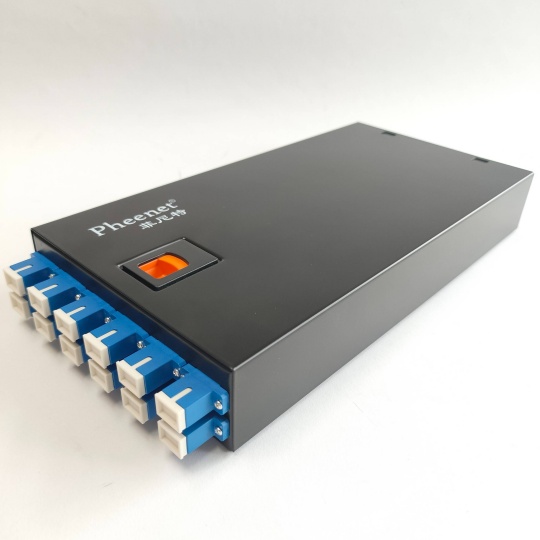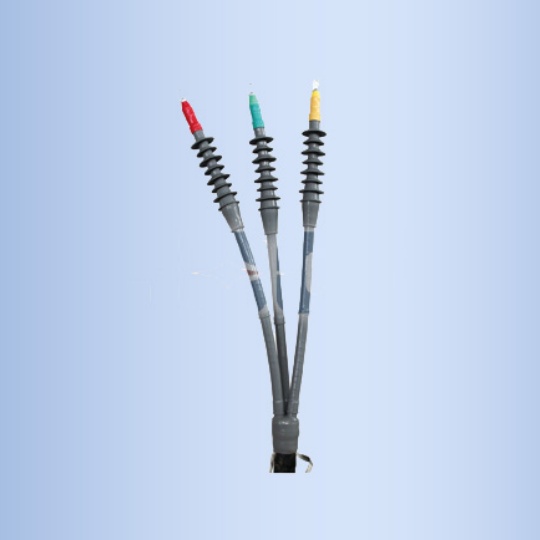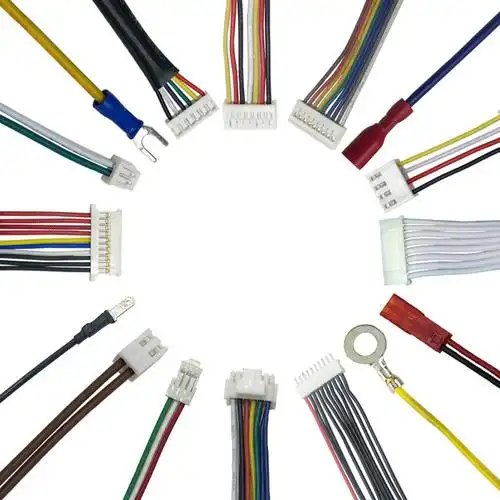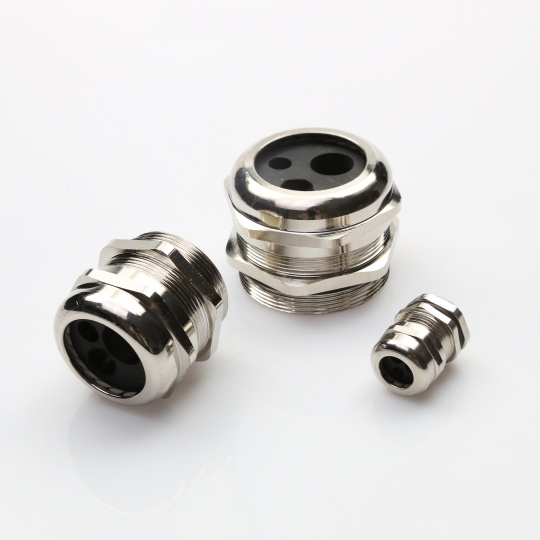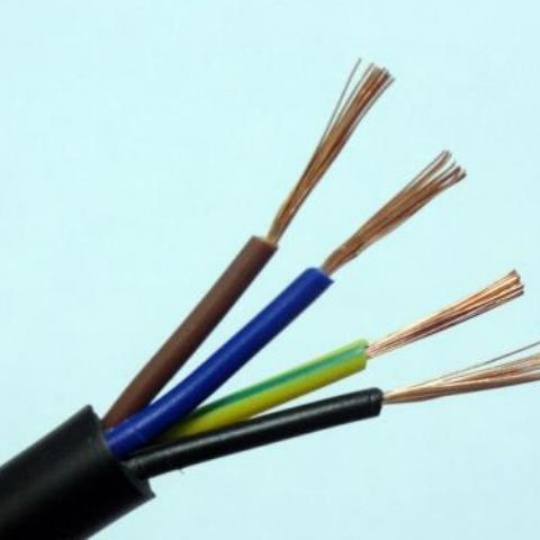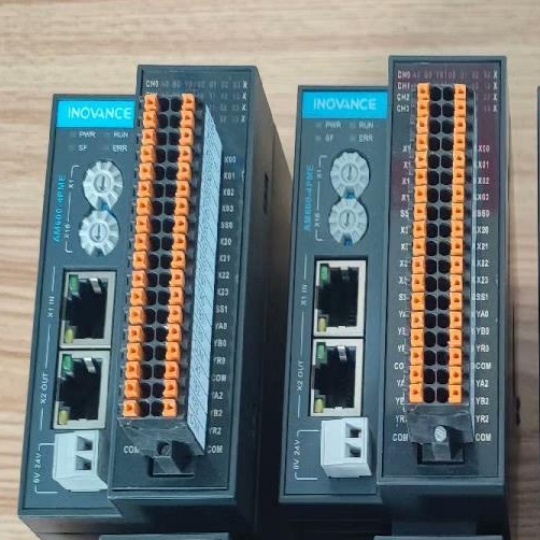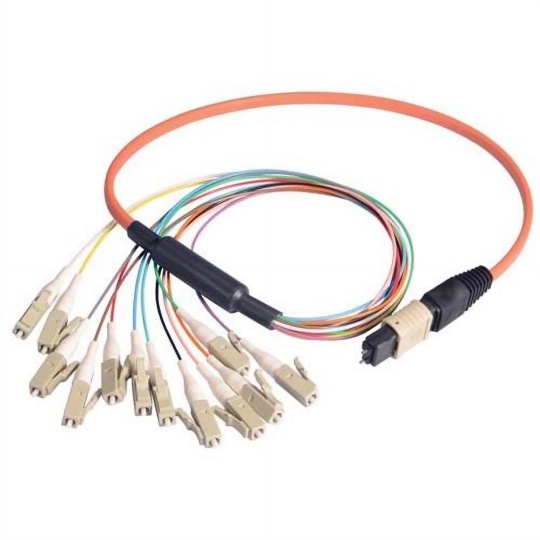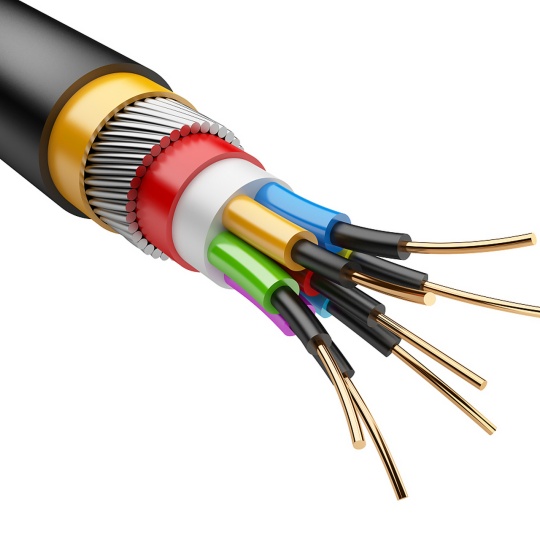Emergency Solutions for Quick Fixing Damaged Industrial Cable Assembl...
Meta Description: Discover proven emergency fixes for damaged industrial cable assemblies to minimize downtime and ensure operational continuity. Learn step-by-step solutions, safety tips, and preventive measures.
Industrial cable assemblies are the lifelines of manufacturing plants, automation systems, and heavy machinery. When these cables sustain damage, production halts, safety risks escalate, and repair costs soar. This guide provides actionable emergency solutions for quick fixes to damaged industrial cables, helping you restore operations swiftly while emphasizing safety and compliance.
Why Quick Fixes Matter for Damaged Industrial Cables
According to industry reports, unplanned downtime costs manufacturers an average of **$260,000 per hour**. Cable damage—caused by abrasion, overheating, or environmental stressors—is a leading contributor. Temporary fixes buy critical time to schedule permanent repairs without sacrificing productivity or safety.
Step-by-Step Emergency Repair Solutions
1. Assess the Damage Safely
- Power Down: Immediately disconnect the cable from the power source to prevent electrocution or equipment damage.
- Inspect Severity: Identify whether the damage is superficial (e.g., outer jacket abrasion) or critical (exposed conductors, severed wires).
2. Use an Industrial Cable Repair Kit
Keep a portable emergency kit on-site, including:
- Heat-shrink tubing (rated for industrial temperatures)
- Self-amalgamating rubber tape
- Waterproof electrical tape
- Wire connectors (e.g., solderless crimp connectors)
- Multimeter for testing continuity
Quick Fix for Exposed Wires:
- Cover exposed conductors with self-amalgamating tape, which fuses into a waterproof seal.
- Reinforce with heat-shrink tubing for added insulation.
3. Temporary Splicing for Severed Cables
- Strip the insulation from both ends of the damaged cable.
- Use insulated butt connectors or a soldering iron (if available) to join the wires.
- Seal the splice with heat-shrink tubing to prevent moisture ingress.
4. Shield Against Environmental Hazards
- For outdoor or harsh environments, wrap repairs with UV-resistant tape or liquid electrical tape to withstand moisture, chemicals, or extreme temperatures.
5. Test Before Re-energizing
- Use a multimeter to check for continuity and short circuits.
- Gradually restore power and monitor for overheating or sparking.
When to Avoid Temporary Fixes
While emergency repairs are vital, they’re not substitutes for professional solutions. Seek permanent repairs if:
- The cable powers high-voltage systems (e.g., >480V).
- Damage affects data/communication cables (e.g., Ethernet, fiber optics).
- The temporary fix lasts longer than 24–48 hours.
Preventive Measures to Avoid Future Damage
- Cable Management: Use abrasion-resistant sleeves, cable trays, and strain relief clamps.
- Regular Inspections: Check for wear, kinks, or corrosion during maintenance cycles.
- Environmental Protection: Deploy conduit systems in areas exposed to heat, chemicals, or vibrations.
Recommended Products for Emergency Repairs
- 3M Scotchflex™ Connectors: Reliable for quick splicing.
- Gardner Bender Heat-Shrink Tubing Kit: With adhesive lining for moisture resistance.
- Star Brite Liquid Electrical Tape: Ideal for sealing cracks in cable jackets.


